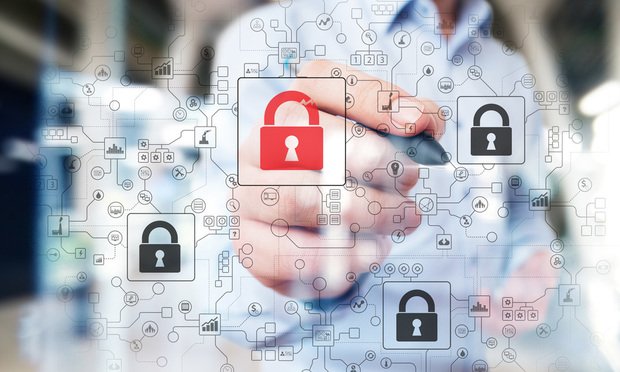 The Federal Trade Commission (FTC), whose mission includes protecting consumers, has not yet issued specific rules that companies must follow to safeguard their clients' confidential proprietary information that is digitally stored on company computers, iPhones, and other electronic devices.
The Federal Trade Commission (FTC), whose mission includes protecting consumers, has not yet issued specific rules that companies must follow to safeguard their clients' confidential proprietary information that is digitally stored on company computers, iPhones, and other electronic devices.
The absence of clearly stated cybersecurity metrics can expose a company to hackers and cyber breaches, which can land a company in litigation.
Recommended For You
Want to continue reading?
Become a Free PropertyCasualty360 Digital Reader
Your access to unlimited PropertyCasualty360 content isn’t changing.
Once you are an ALM digital member, you’ll receive:
- Breaking insurance news and analysis, on-site and via our newsletters and custom alerts
- Weekly Insurance Speak podcast featuring exclusive interviews with industry leaders
- Educational webcasts, white papers, and ebooks from industry thought leaders
- Critical converage of the employee benefits and financial advisory markets on our other ALM sites, BenefitsPRO and ThinkAdvisor
Already have an account? Sign In Now
© Touchpoint Markets, All Rights Reserved. Request academic re-use from www.copyright.com. All other uses, submit a request to [email protected]. For more inforrmation visit Asset & Logo Licensing.







